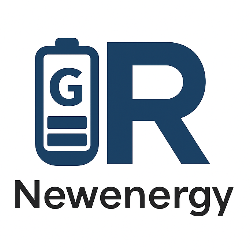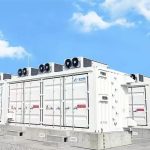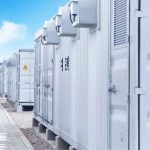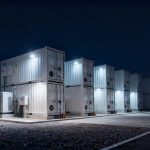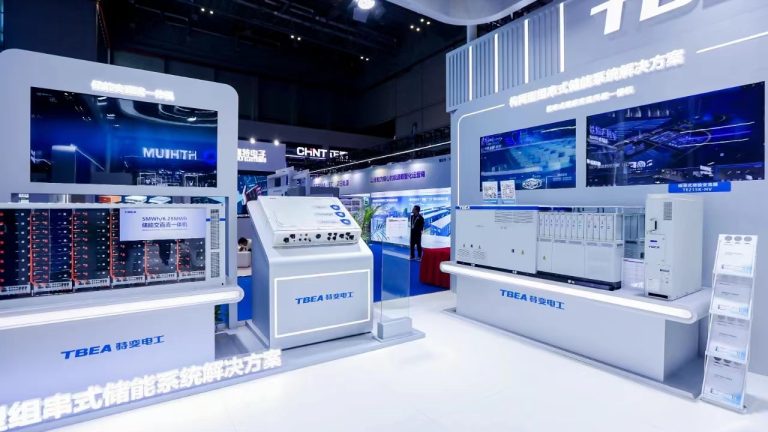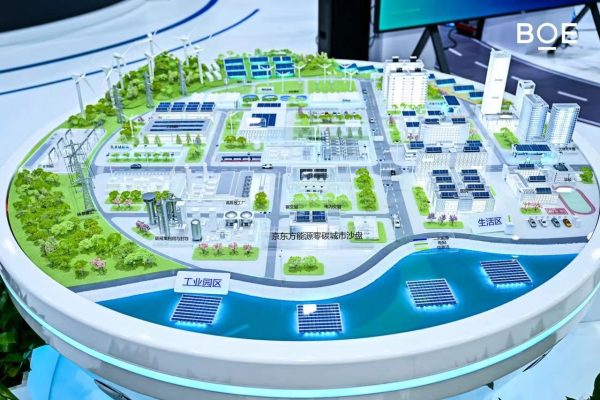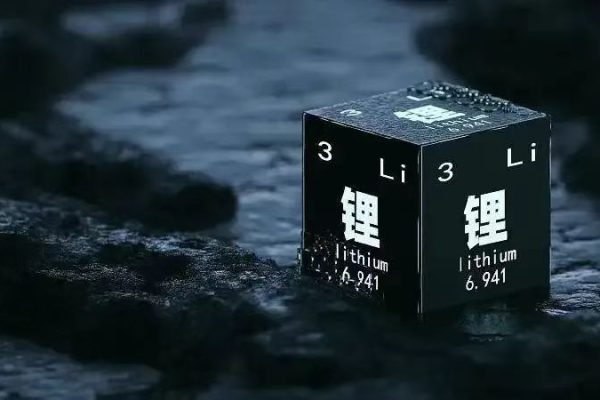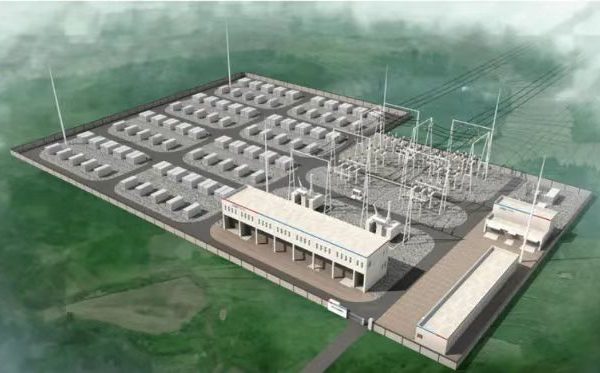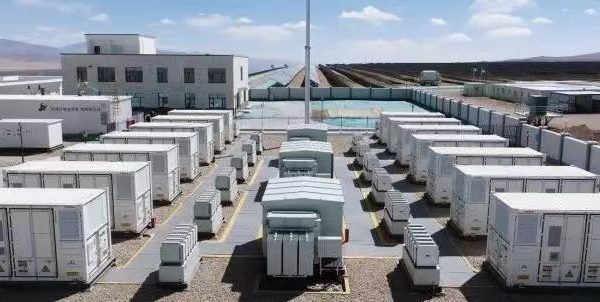Separating Facts from Fiction in PV + Storage Integration
1. Why All-in-One Systems Spark Debate
As PV + storage adoption grows, all-in-one (AIO) systems — combining inverter, battery, BMS, and often EMS into one enclosure — are becoming popular for both residential and small commercial projects.
But with popularity comes misunderstanding. Many installers and buyers have misconceptions about how AIO systems work, their cost, and their flexibility. Believing these myths can lead to poor project decisions, missed opportunities, or unnecessary hesitations.
2. Myth #1 – “All-in-One Means Low Quality”
Some assume that AIO systems cut corners to combine everything in a single box.
Reality check:
- Modern AIOs use certified, brand-name components — often from the same suppliers found in standalone units.
- Factory integration can actually reduce wiring errors and ensure better QA than on-site assembly.
- Many AIO systems meet international safety and performance standards (IEC, UL, CE).
✅ Truth: Quality depends on the manufacturer, not the form factor.
3. Myth #2 – “You Can’t Upgrade Them Later”
It’s true that some older AIO designs had fixed capacity.
Reality check:
- Many new systems are modular — you can expand battery capacity or add parallel units.
- Hybrid-ready AIOs can work alongside other inverters or external battery banks.
- Expansion may require matching models, but it’s no different than with standalone systems.
✅ Truth: Check the product’s scalability specs — AIO does not always mean “locked-in capacity.”
4. Myth #3 – “They’re Always More Expensive”
AIO pricing can look higher than buying parts separately, but the comparison is misleading.
Reality check:
- AIO includes factory integration, wiring, pre-configuration, and testing.
- On-site labor savings can be significant — less electrician time, fewer wiring components.
- Lower installation risk means fewer call-backs and less troubleshooting.
✅ Truth: For many small projects, total installed cost can be lower with AIO than with separate components.
5. Myth #4 – “They Don’t Work in Harsh Environments”
Some buyers think AIO cabinets can’t handle extreme heat, cold, or humidity.
Reality check:
- Many models come with IP54–IP65 enclosures, corrosion protection, and temperature management.
- Outdoor-rated AIOs are designed for rooftops, yards, and remote installations.
- Thermal management systems (fans, heaters, liquid cooling) are increasingly common.
✅ Truth: With the right environmental rating, AIO systems can be as rugged as traditional setups.
6. Myth #5 – “They’re Hard to Service”
Installers sometimes worry that a fault in one part means replacing the whole system.
Reality check:
- Good AIO designs have modular sub-components — you can swap an inverter module or battery pack independently.
- Centralized monitoring helps diagnose issues faster.
- Many suppliers offer on-site service kits and local training.
✅ Truth: AIO servicing is often simpler because components are already matched and pre-wired.
7. Myth #6 – “They’re Only for Small Projects”
While many AIOs target the 5–30 kW range, larger systems exist.
Reality check:
- Commercial AIO cabinets up to 500 kW+ are available, especially in modular rack designs.
- Multiple AIO units can be paralleled for industrial-scale projects.
- Some are used in EV charging hubs, microgrids, and agricultural applications.
✅ Truth: System size is a design choice, not a limitation of the AIO concept.
8. Myth #7 – “They Lock You Into One Brand”
It’s true that most AIOs are built with specific components from one manufacturer.
Reality check:
- Many are brand-agnostic hybrids, designed to work with standard PV modules or external devices.
- Some allow third-party EMS integration.
- For projects needing brand flexibility, semi-integrated solutions can be a middle ground.
✅ Truth: Compatibility depends on the model — some are open, others proprietary.
9. When All-in-One Makes Sense
- Speed is critical — disaster relief, urgent backup needs.
- Skilled labor is limited — reduces integration complexity.
- Space is tight — compact footprint matters.
- Standardization helps service — same system across multiple sites.
10. When to Consider Separate Components
- Highly customized specs — unusual voltage, niche applications.
- Large-scale industrial systems — may need more flexibility.
- Local manufacturing requirements — policy or compliance-driven.
11. Cutting Through the Noise
All-in-one systems aren’t perfect for every project, but they’re far from the “low-quality, un-upgradable, expensive” stereotype.
The key is to evaluate them by specs, build quality, and project fit — not by outdated assumptions. For many small and medium projects, AIO can reduce costs, simplify installation, and improve reliability.
